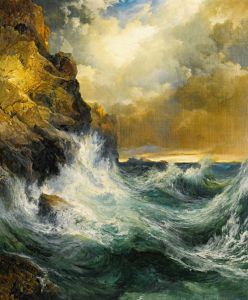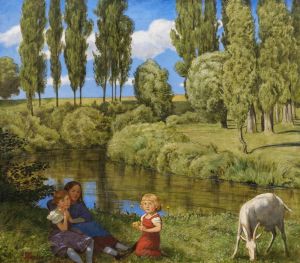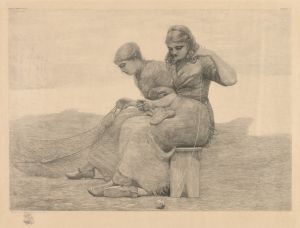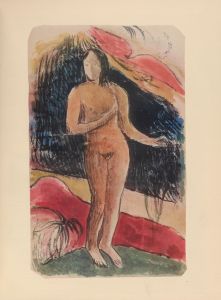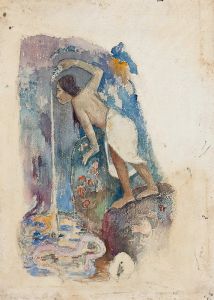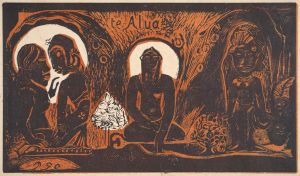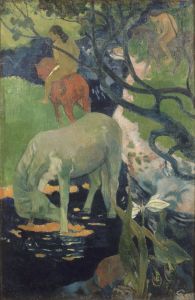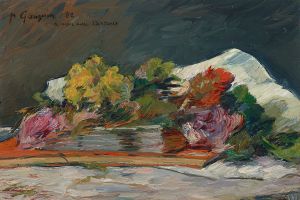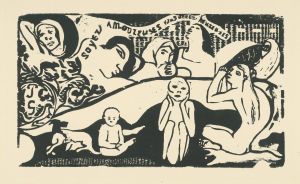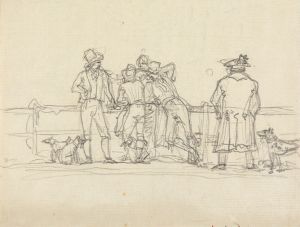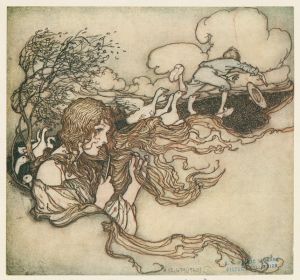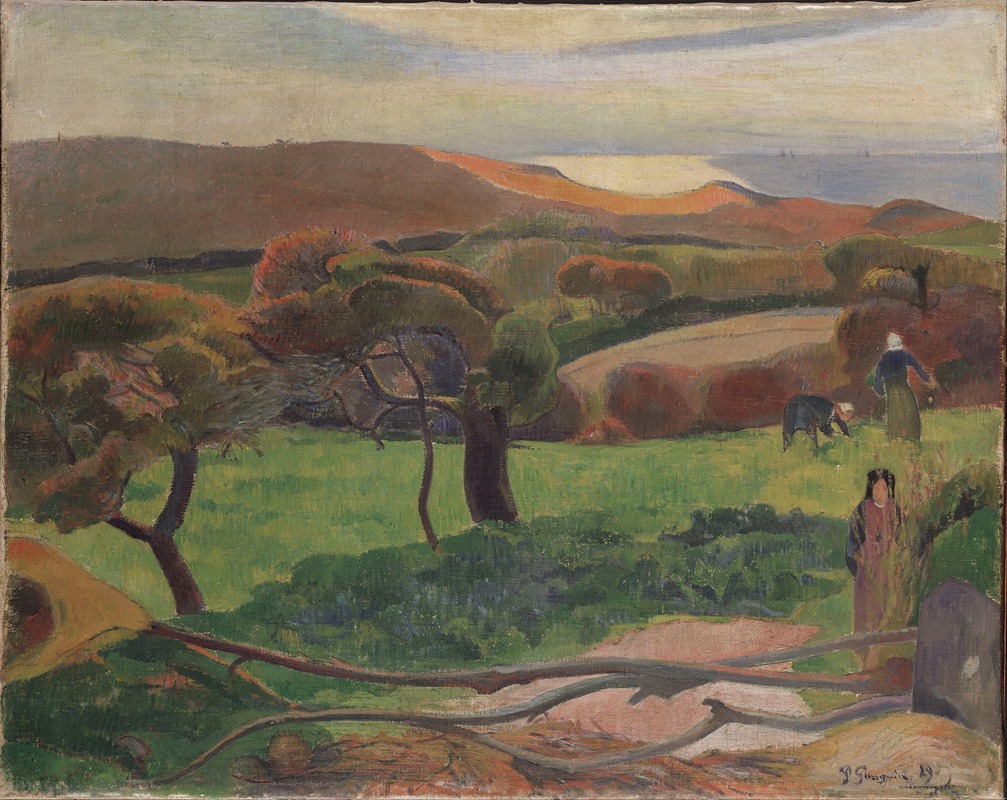
Landscape from Bretagne
A hand-painted replica of Paul Gauguin’s masterpiece Landscape from Bretagne, meticulously crafted by professional artists to capture the true essence of the original. Each piece is created with museum-quality canvas and rare mineral pigments, carefully painted by experienced artists with delicate brushstrokes and rich, layered colors to perfectly recreate the texture of the original artwork. Unlike machine-printed reproductions, this hand-painted version brings the painting to life, infused with the artist’s emotions and skill in every stroke. Whether for personal collection or home decoration, it instantly elevates the artistic atmosphere of any space.
"Landscape from Bretagne" is a painting by the renowned French Post-Impressionist artist Paul Gauguin. Created during a pivotal period in Gauguin's artistic development, this work reflects his deep engagement with the landscapes and culture of Brittany, a region in northwestern France. Gauguin's time in Brittany was marked by a search for simplicity and a desire to escape the modernity of Paris, which he found stifling to his artistic vision.
Paul Gauguin first visited Brittany in 1886, drawn by the region's rugged landscapes and the perceived authenticity of its rural life. The Breton landscape, with its unique light and traditional way of life, provided Gauguin with a rich source of inspiration. He was particularly attracted to the Pont-Aven area, which had become a popular destination for artists seeking to capture the essence of rural France.
"Landscape from Bretagne" exemplifies Gauguin's evolving style during this period. Moving away from the Impressionist techniques that characterized much of his earlier work, Gauguin began to experiment with bold colors, strong outlines, and simplified forms. This approach was part of a broader movement known as Synthetism, which sought to synthesize the outward appearance of natural forms with the artist's emotional response to the subject.
In this painting, Gauguin captures the essence of the Breton landscape with a vivid palette and a focus on the structural elements of the scene. The composition is carefully constructed, with an emphasis on the harmony between the natural environment and the human presence within it. Gauguin's use of color is particularly noteworthy; he employs a range of hues to convey the mood and atmosphere of the landscape, moving beyond mere representation to evoke a deeper emotional resonance.
The painting reflects Gauguin's interest in the spiritual and mystical aspects of the Breton culture. Brittany was known for its Celtic heritage and strong religious traditions, which fascinated Gauguin and influenced his work. This cultural backdrop is subtly woven into the painting, adding layers of meaning and context to the visual experience.
Gauguin's time in Brittany was crucial in shaping his artistic philosophy and practice. It was here that he began to develop the distinctive style that would later define his work in Tahiti and other exotic locales. The lessons learned in Brittany about color, form, and the integration of cultural elements into art would resonate throughout his career.
"Landscape from Bretagne" is a testament to Gauguin's innovative spirit and his ability to capture the essence of a place through his unique artistic lens. The painting remains an important example of his work during this transformative period and continues to be studied and admired for its contribution to the development of modern art.
While specific details about the painting's current location or provenance may not be widely documented, its significance within Gauguin's oeuvre is well recognized. It stands as a representation of his quest for a new artistic language and his enduring impact on the trajectory of Western art.





